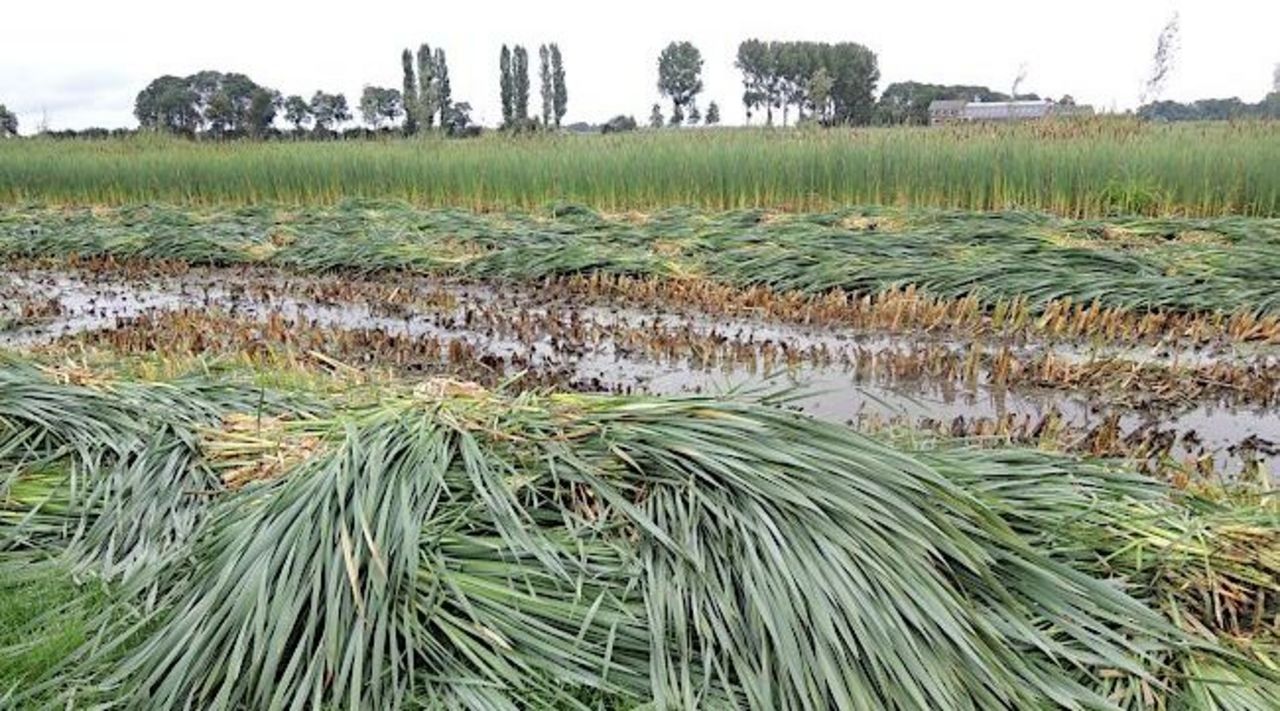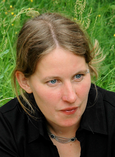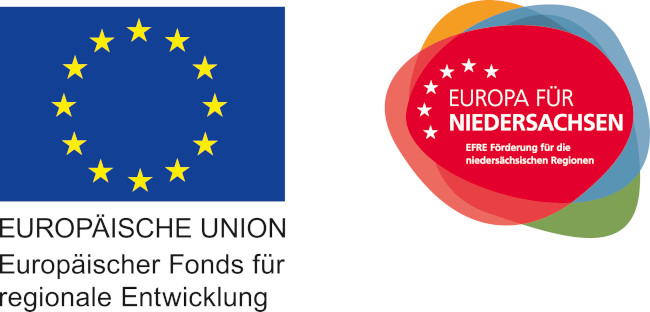Project
Biomass from fen paludiculture

Product chains from biomass from rewetted fen peatlands in Lower Saxony
How can we optimize greenhouse gas mitigation, nutrient retention and biomass yield in fen paludicultures?
Background and Objective
The majority of the peatlands in Germany is drained for agriculture and forestry and thus responsible for a large share of the greenhouse gas (GHG) emissions from agriculturally used land. One option to reduce emissions is “paludiculture”, i.e. agriculture or forestry on rewetted peatlands. Ideally, re-wetting of currently drained peatlands with subsequent paludicultural use conserves the peat, but data on paludicultures at fen peatlands is still extremely scarce.
Species providing biomass which can be used as raw material for building material are especially promising for fen paludicultures. In this project, we investigate Phragmites australis (common reed), Typha angustifolia (narrowleaf cattail) and Typha latifolia (broadleaf cattail). Reed is traditionally used for roofing and is already traded within existing markets. Narrowleaf cattail may be used for building and insulation boards. Cattail boards have a favourable specific thermal conductivity, good static properties and do not require biocidal additives. Broadleaf cattail can be used as blow-in insulation material and for a fibre enforcement of wall plastering.
Although it can be assumed that fen paludiculture is a climate-friendly land use alternative, there is – contrast to bog paludicultures (Sphagnum farming) – surprisingly nearly no field data on the GHG exchange. By raising the water levels to the ground surface, the carbon dioxide (CO2) emissions will be reduced. Ideally, the site will be a sink for both carbon and nitrogen. However, the emissions of methane (CH4) from rewetted or even flooded sites – as ideal for narrowleaf cattail – are much harder to predict. High CH4 emissions can be driven by the aerenchymous tissue of most wetland species. In addition, topsoils disturbed by previous drainage or freshly formed sediments are important sources of CH4 emissions and also reason for the release of phosphorus. Topsoil removal for surface gradation and dam construction may reduce nutrient levels and release as well as CH4 emissions. However, the growth of cattail might be reduced because of this nutrient removal. In addition, the effect of biomass harvest is still unclear: on the one hand, harvest might reduce the formation of fresh sediments, on the other hand harvest losses might provide fresh biomass easily available for methanogenesis. Thus, the optimisation of biomass yield and the minimisation of CH4 emissions and nutrient release is still a complex issue.
Approach
The joint project is coordinated by the 3N Kompetenzzentrum (Wehrlte, [link]). We are responsible for measuring the GHG exchange and, together with the Department of Soil Science [link] at the Trier University, for a work package on water quality. Further project partners are in charge of the setup and the management of the experimental sites, for crop production and biodiversity, for the optimisation of building materials, building physics and questions on approval under building law as well as for the use of the biomass as a substitute for horticultural peat.
There are three experimental sites Lower Saxony, but most of our work takes place at the Hohenbökener Moor (near Oldenburg). In a newly built polder, Typha angustifolia, Typha latifolia and Phragmites australis are grown both with and without topsoil removal. We will also be able to quantify water and solute fluxes in smaller sub-polders. Furthermore, we will compare harvested and non-harvested plots and conduct measurements at a reference sites used as grassland.
Our Research Questions
- What are the greenhouse gas balances of Phragmites australis, Typha latifolia und Typha angustifolia, also in comparison to a reference site used as grassland?
- How do topsoil removal and harvest influence greenhouse gas emissions and nutrient release?
- How can we optimize greenhouse gas mitigation, nutrient retention and biomass yield in fen paludicultures?
Links and Downloads
https://www.3-n.info/projekte/laufende-projekte/produktketten-aus-niedermoorbiomasse/
Thünen-Contact

Involved Thünen-Partners
Involved external Thünen-Partners
- Niedersächsischer Landesbetrieb für Wasserwirtschaft, Küsten- und Naturschutz (NLWKN)
(Norden, Deutschland) - 3N Niedersachsen Netzwerk Nachwachsende Rohstoffe und Bioökonomie e.V.
(Werlte, Deutschland) -
Jade Hochschule Oldenburg
(Oldenburg, Deutschland) - Hochschule Ostwestfalen-Lippe
(Detmold, Deutschland) - Universität Trier
(Trier, Deutschland) - Leibniz Universität Hannover
(Hannover, Deutschland) - Julius Kühn-Institut - Bundesforschungsinstitut für Kulturpflanzen (JKI)
(Quedlinburg, Braunschweig, Groß Lüsewitz, Kleinmachnow, Deutschland) - Floragard GmbH
(Oldenburg, Deutschland)
Funding Body
-
Bundesland Niedersachsen
(national, öffentlich) -
European Union (EU)
(international, öffentlich)
Duration
9.2019 - 6.2023
More Information
Project status:
ongoing

![[Translate to English:] [Translate to English:]](/media/_processed_/6/4/csm_titel_CO2Kampagne8_afeea2273e.png)
![[Translate to English:] [Translate to English:]](/media/_processed_/4/1/csm_titel_93px_CO2Kampagne8_9b0f3354d4.png)

![[Translate to English:] Logo des Bundesministerium für Ernährung und Landwirtschaft](/media/allgemein/logos/BMEL_Logo.svg)